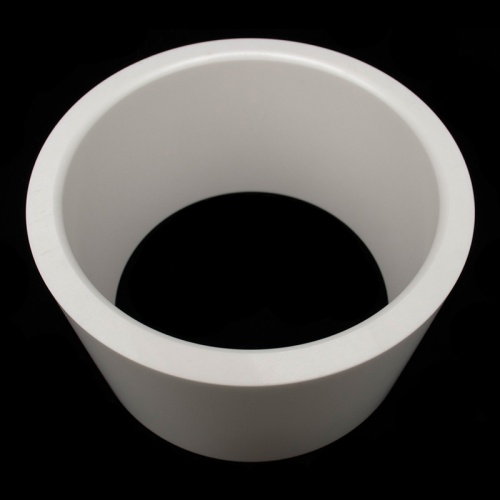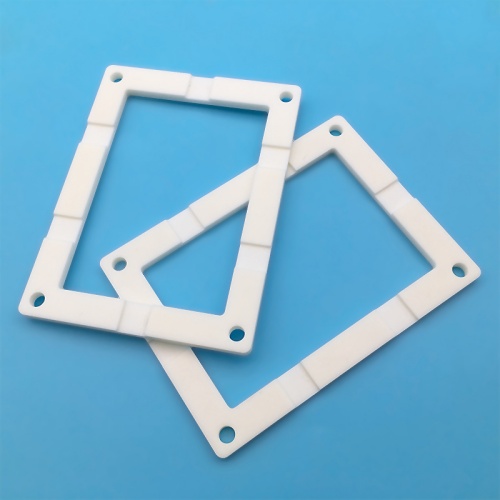Aluminum oxide ceramic perforated structural components are ceramic products mainly composed of high-purity aluminum oxide (Al ₂ O3), which are formed into specific pore structures through drilling processes to meet the needs of different application scenarios.
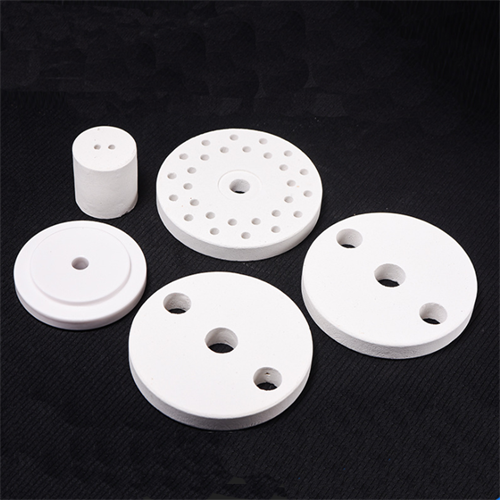
Main features:
-High hardness and wear resistance: The Vickers hardness of alumina ceramics is as high as 15.7 GPa, which has excellent wear resistance and can maintain long-term stability in high wear environments.
-Good thermal stability: able to maintain performance at temperatures up to 1650 ° C, with a low coefficient of thermal expansion, suitable for high temperature environments.
-Electrical insulation: With a breakdown strength exceeding 10 kV/mm, it is an ideal electrical insulation material.
-Corrosion resistance: It has good corrosion resistance to most chemical media such as acids, alkalis, and salts.
-Complex structural design capability: able to manufacture various complex shapes and sizes of structural components according to specific needs, including porous design.
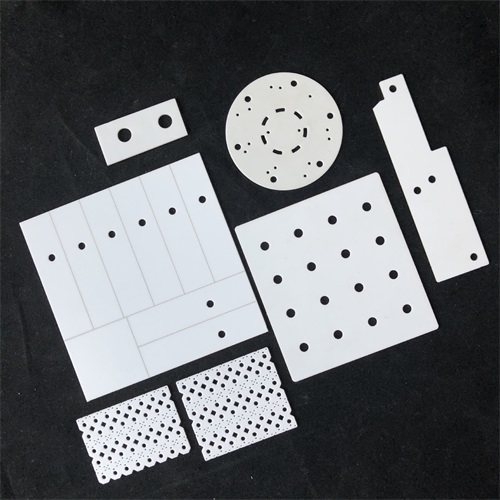
Application
Aluminum oxide ceramic perforated structural components have a wide range of applications in multiple fields due to their excellent performance:
- In the field of electronics:
-Used for manufacturing electronic packaging shells, gas nozzles, etc., it can accurately control gas flow and reduce wafer pollution during plasma etching process.
-As a support or installation platform for electronic components, we provide electrical insulation and thermal management solutions. - In the field of mechanical manufacturing:
-Manufacturing mechanical seals, bearings, cutting tools, etc. to improve the durability and performance of products.
-Used for high-temperature airflow guides, precision instrument parts, etc., suitable for high-speed grinding and cutting processes. - Aerospace field:
-Used for aviation engine components, satellite antenna brackets, aircraft thermal protection systems, etc., to meet the requirements of lightweight and high-performance.
-As a wafer carrier, it ensures the stability and safety of wafers during high-temperature processing. - Energy sector:
-Applied to new energy vehicle battery components, fuel cell components, etc., to ensure stable operation of equipment under complex working conditions.
-Used for petrochemical equipment that can withstand high temperatures and corrosive substances. - Medical field:
-Produce artificial joints, artificial bone screws and other implants with good biocompatibility.
-As a fixed and supporting component of medical devices, it ensures the stable operation of the equipment.
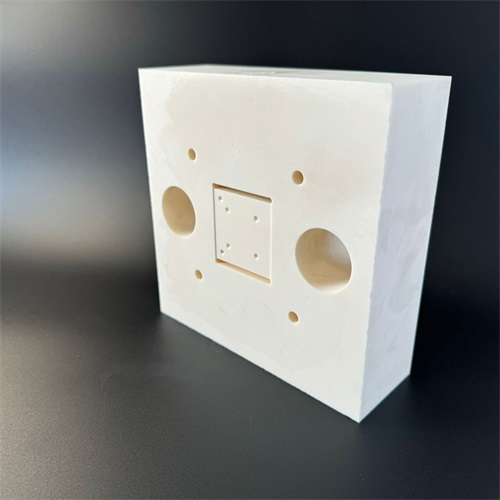
Customized description
Aluminum oxide ceramic perforated structural components can be customized according to specific customer needs, including:
-Size and shape: It can be customized according to drawings or samples to meet the needs of different shapes and sizes.
-Pore structure design: Porous structures with different pore sizes, spacing, and shapes can be designed to optimize thermal management and fluid flow.
-Processing accuracy: The processing accuracy can reach ± 0.001mm, ensuring high precision and high quality.
-Surface treatment: Polishing, grinding and other surface treatments can be carried out to improve wear resistance and aesthetics.
-Customization process: a full process customization service from design, molding to sintering, supporting the entire process from concept to finished product.
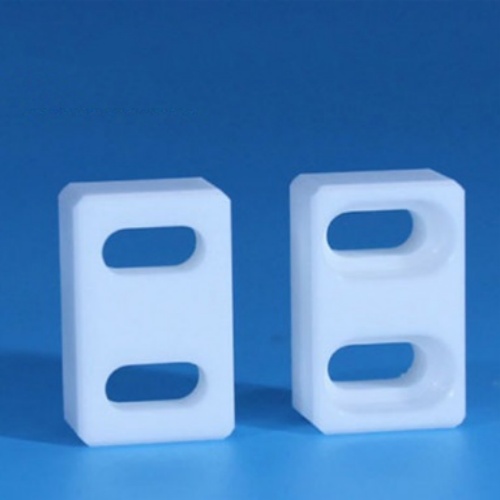
Alumina ceramic perforated structural components have become an indispensable high-performance material in modern industry due to their excellent performance and high customization ability, and are widely used in fields that require extremely high material performance.
CATEGORIES
LATEST NEWS
- What is Macor processable g...
- The material properties and...
- The reason for the high pri...
- What are the preparation me...
- Why modify aluminum nitride...
- Thermal conductivity values...
- What is the thermal expansi...
- Thermal shock resistance of...
- The average coefficient of ...
- What is high alumina ceramic

